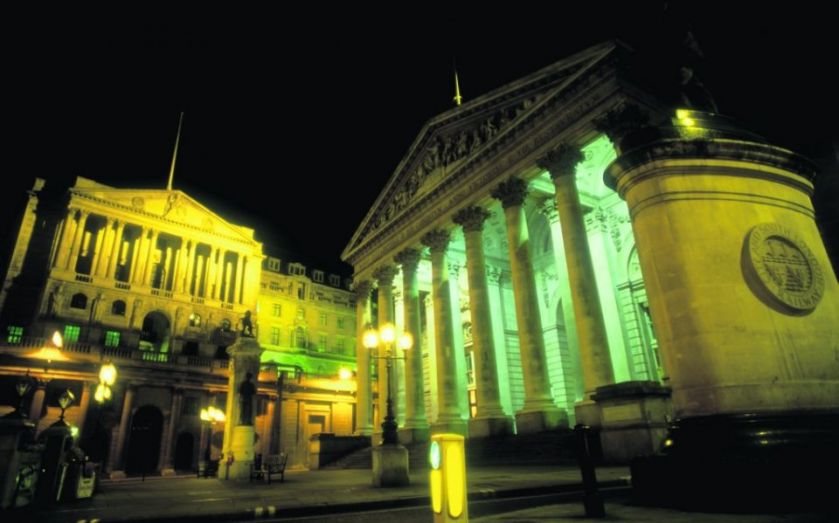Bank of England financial crisis minutes: BoE dubbed “the angel of death” by City watchdog

At the peak of the crisis, the City watchdog was so scared that a lender’s discussions with the Bank of England could cause a run on that lender, it dubbed the Bank: “The angel of death.”
Throughout the financial crisis, the Bank of England had to tread a careful line between propping up failing parts of the banking system, avoiding contagion spreading and making sure it did not go soft on banks.
When the panic was at its greatest, regulators were worried that being seen to speak to any bank would send investors fleeing, making the crisis worse.
Particularly in the Dunfermline resolution, the Financial Services Authority feared that sending the Bank of England to talk to potential buyers would spread fear about the institution.
Instead, the minutes of the Court of the Bank show, the regulator moved to collect more data on all banks and building societies, so nobody would know which lender was in trouble.
The minutes, which make public for the first time discussions at the top of the Bank of England between 2007 and 2009, also show a radical change in regulators’ attitudes to competition in the years since the crash.
In late 2007, Bank bosses were keen to explain that they were propping up Northern Rock only to stop chaos spreading in the financial system, rather than to save the lender for the long term.
And in fact, regulators wanted fewer banks to exist in the market.
“Arguably there was an economic need for rationalisation in the number of mortgage lenders – the Bank should not be seen to be seeking to preserve the existing number of players in this market,” the minutes say.
That represents a very stark contrast with the situation now – the Bank of England is promoting competition through the establishment of new banks.
Some politicians and regulators now actively blame a lack of competition as one factor leading to the financial crisis, and as a factor making the crisis worse once it struck.